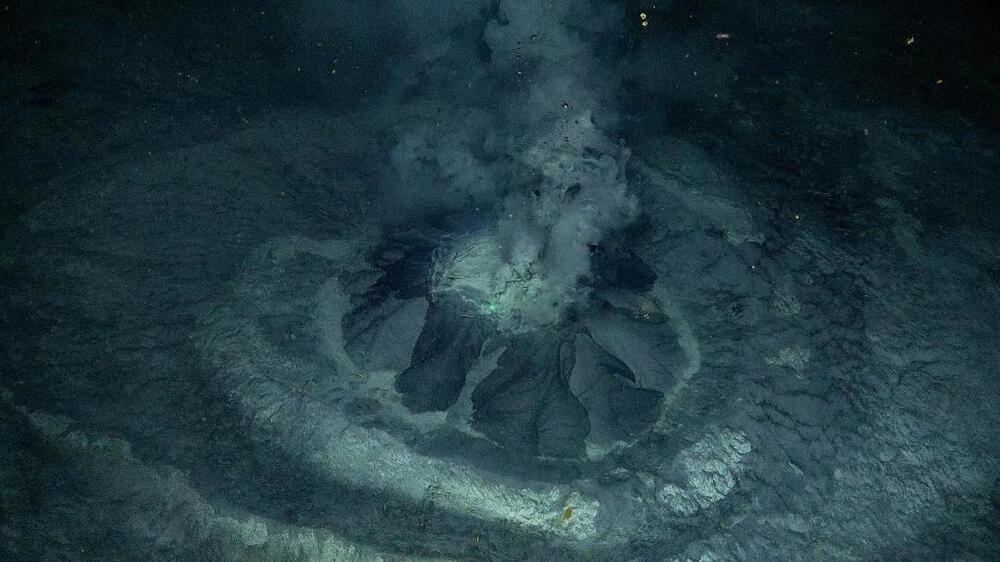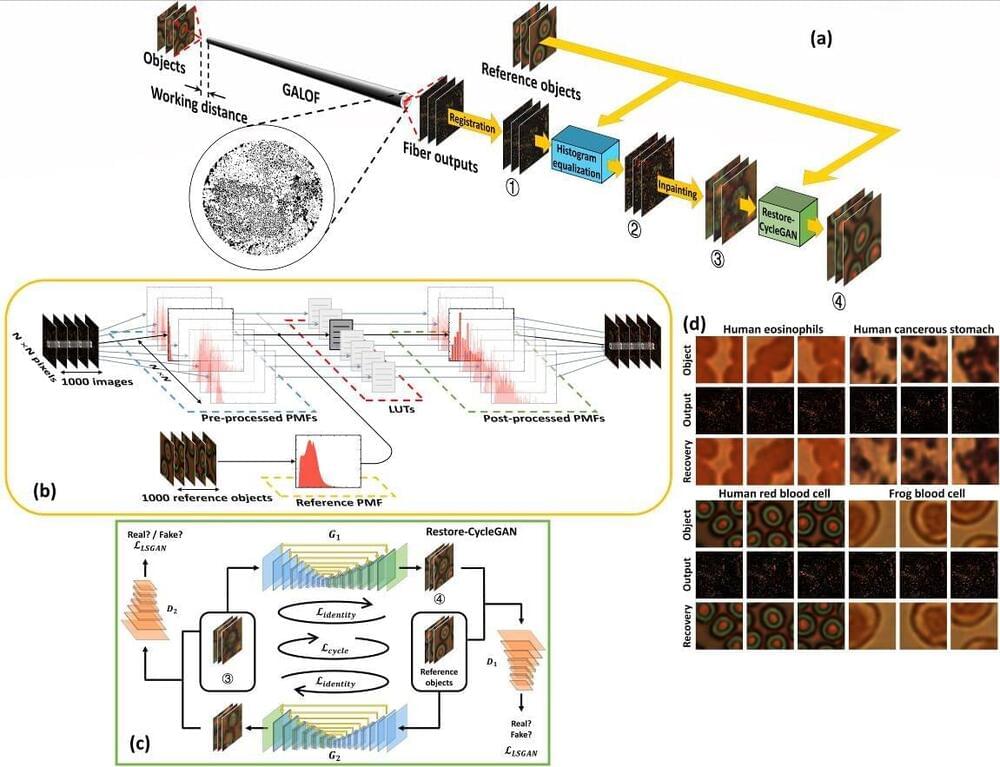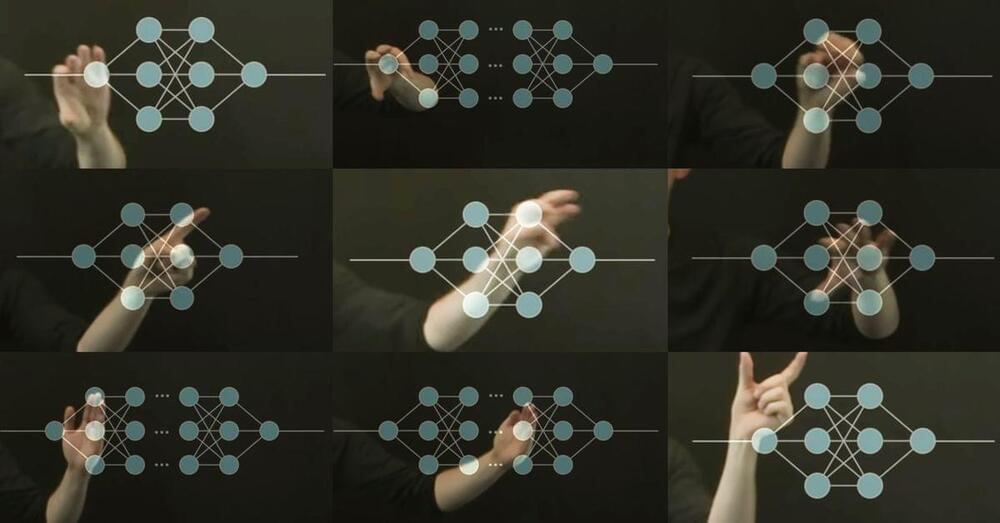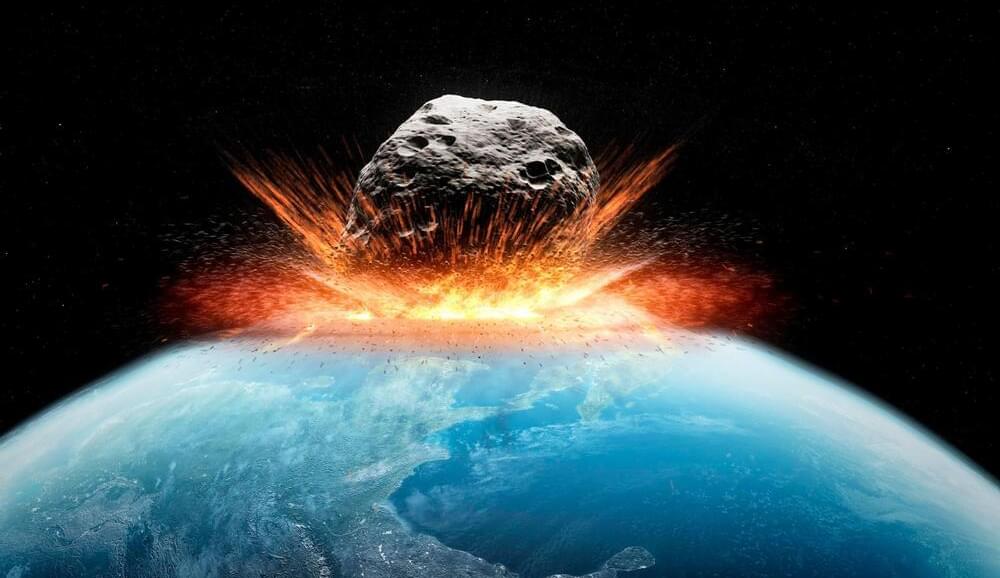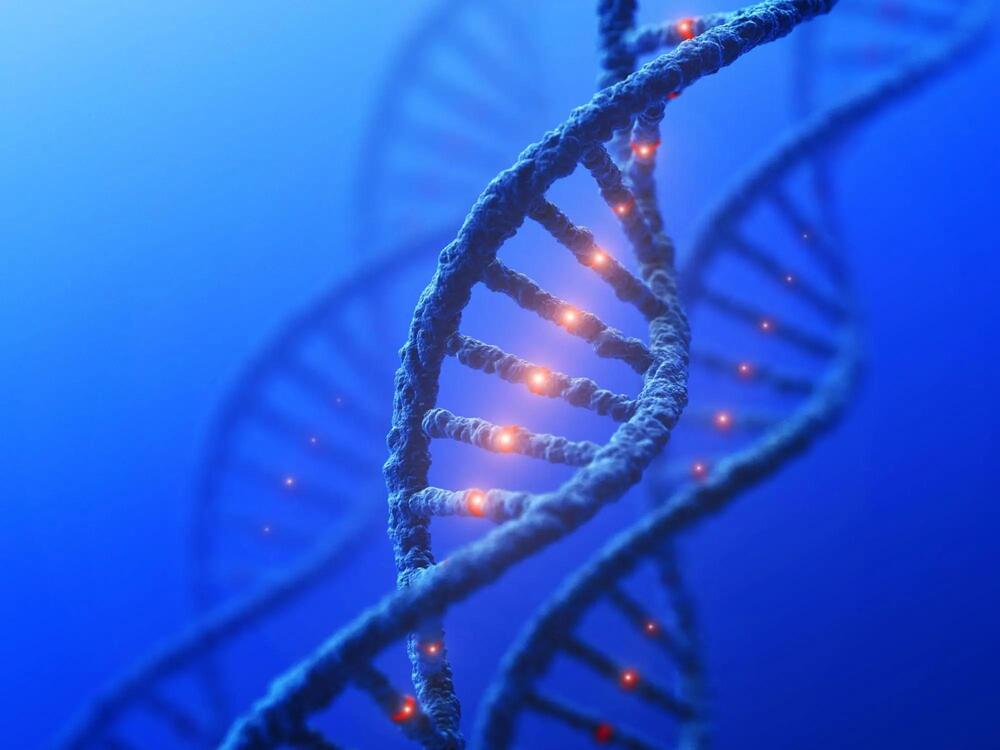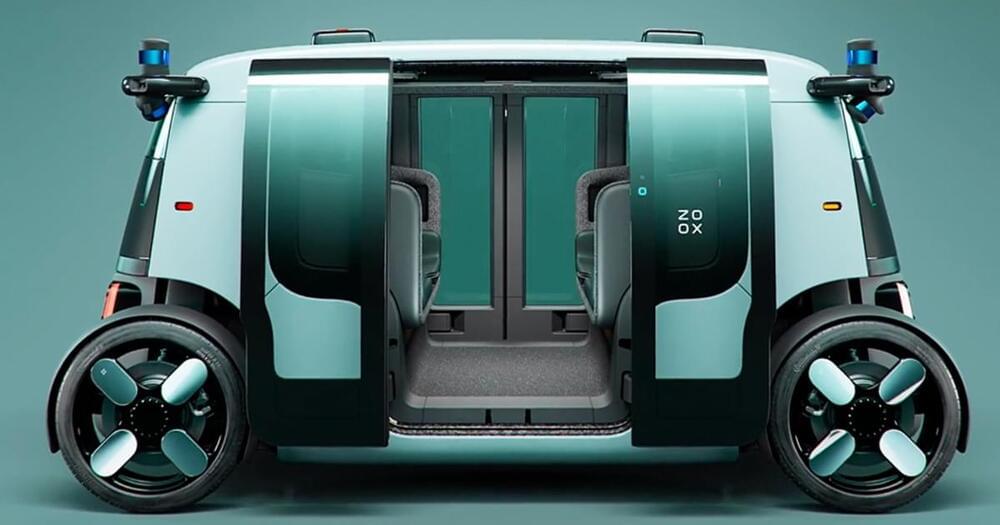An ancient, methane-spewing volcano has been discovered at the bottom of the Arctic Ocean.
Fiber-optic imaging methods enable in vivo imaging deep inside hollow organs or tissues that are otherwise inaccessible to free-space optical techniques, playing a vital role in clinical practice and fundamental research, such as endoscopic diagnosis and deep-brain imaging.
Recently, supervised learning-based fiber-optic imaging methods have gained popularity due to their superior performance in recovering high-fidelity images from fiber-delivered degraded images or even scrambled speckle patterns. Despite their success, these methods are fundamentally limited by their requirements for strictly-paired labeling and large training datasets.
The demanding training data requirements result in time-consuming data acquisition, complicated experimental design, and tedious system calibration processes, making it challenging to satisfy practical application needs.
The undersea cables are being targeted.
Taiwan is beefing up its communications infrastructure to ensure that it remains connected to the rest of the world in case of any emergency. Cindy Wang reports on Bloomberg Television.
——-
Follow Bloomberg for business news & analysis, up-to-the-minute market data, features, profiles and more: http://www.bloomberg.com.
Connect with us on… Twitter: https://twitter.com/business Facebook: https://www.facebook.com/bloombergbus… https://www.instagram.com/bloombergbu…
Twitter: https://twitter.com/business.
Facebook: https://www.facebook.com/bloombergbusiness.
Instagram: https://www.instagram.com/bloombergbusiness/
When gaming and AI wholly collide… it’ll hopefully look this good but sound much better.
At Computex 2023 in Taipei, Nvidia CEO Jensen Huang just gave the world a glimpse of what it might be like when gaming and AI collide — with a graphically breathtaking rendering of a cyberpunk ramen shop where you can actually talk to the proprietor.
Seriously, instead of clicking on dialogue options, it imagines you could hold down a button, just say something with your own voice, and get an answer from a video game character. Nvidia’s calling it a “peek at the future of games.”
Generative AI technologies are revolutionizing how games are conceived, produced, and played. Game developers are exploring how these technologies impact 2D and 3D content-creation pipelines during production. Part of the excitement comes from the ability to create gaming experiences at runtime that would have been impossible using earlier solutions.
The creation of non-playable characters (NPCs) has evolved as games have become more sophisticated. The number of pre-recorded lines has grown, the number of options a player has to interact with NPCs has increased, and facial animations have become more realistic.
It’s another high-profile warning about AI risk that will divide experts. Signatories include Google DeepMind CEO Demis Hassabis and OpenAI CEO Sam Altman.
A group of top AI researchers, engineers, and CEOs have issued a new warning about the existential threat they believe that AI poses to humanity.
The 22-word statement, trimmed short to make it as broadly acceptable as possible, reads as follows: “Mitigating the risk of extinction from AI should be a global priority alongside other societal-scale risks such as pandemics and nuclear war.”
Another warning from AI’s top table.
When will an asteroid hit Earth and wipe us out? Not for at least 1,000 years, according to a team of astronomers. Probably.
Either way, you should get to know an asteroid called 7482 (1994 PC1), the only one known whose orbital path will cross that of Earth’s consistently for the next millennium—and thus has the largest probability of a “deep close encounter” with us, specifically in 502 years. Possibly.
Published on a preprint archive and accepted for publication in The Astronomical Journal, the paper states that astronomers have almost found all the kilometer-sized asteroids. There’s a little under 1,000 of them.
“Generative” systems such as ChatGPT promise to generate rich profits for those who harness the technology’s potential — and is already minting fortunes for the sellers of the requisite picks and shovels.
A grey rectangular building on the outskirts of San Jose houses rows upon rows of blinking machines. Tangles of colourful wires connect high-end servers, networking gear and data-storage systems. Bulky air-conditioning units whirr overhead. The noise forces visitors to shout.
The building belongs to Equinix, a company that leases data-centre space.
New research from UCL, investigating the biology of a rare genetic mutation that enables carrier Jo Cameron to live virtually without pain and fear while also healing quickly, discovered that the mutation in FAAH-OUT gene ‘turns down’ FAAH gene expression, affecting molecular pathways related to wound healing and mood, thereby offering potential new targets for drug discovery.
New research from University College London (UCL) has unraveled the biology behind a unique genetic mutation that results in its carrier experiencing minimal pain, enhanced healing, and lower levels of anxiety and fear.
Published in the journal Brain, the research is a follow-up to the team’s 2019 discovery of the FAAH-OUT gene and its rare mutations, which make Jo Cameron almost immune to pain, and devoid of fear and anxiety. The latest study elucidates how this mutation reduces the expression of the FAAH gene and impacts other molecular pathways associated with mood and wound healing. The insights garnered from these findings could potentially pave the way for novel drug targets and foster further research in these domains.
Scientists from CiQUS, ICN2, University of Cantabria, DIPC and DTU join forces to develop a versatile method for building brick-by-brick carbon nanocircuits with tunable properties.
Take an exclusive ride in the vehicle with no steering wheel that’s aiming to make car ownership a thing of the past.
